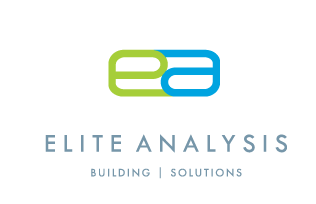While the average annual premium for a homeowner’s insurance policy in 2010 was around $900, the price of a policy premium can vary greatly due to many different factors:
- The value of the home and the amount it would take to rebuild it if it were entirely destroyed.
- The age of the home and the type of its construction – generally wooden frame homes will cost more to insure than those with brick or stone walls.
- Any mitigation that the homeowner has made to make the structure more resistant to damage from wind or other natural disasters. Reinforced roofs, modernized electrical systems, or hurricane windows, for example, will generally lower the premium.
- The home’s location. For instance, homes in an earthquake zone or near an ocean shore will be more expensive to insure, as will homes in certain localities or communities, such as high crime areas.
- The policy’s various deductible schemes – the higher the deductible the more money can be saved on the premium.
- Any riders or “endorsements” to the policy for particular kinds of extra coverage such as debris removal, damage to trees and shrubs, earthquake or flood coverage, insuring expensive jewelry or other valuable possessions, etc.
- The quality of the insuring company’s services and how well and quickly it has historically responded to claims. Large, established companies may charge more.
- Various discounts for things like a homeowner’s age (retired homeowners sometimes can save money on premiums) or credit history (good credit can cut insurance costs). Smokers may pay more than nonsmokers.
- Protective devices such as burglar alarm systems, smoke detectors, sprinkler systems, fire extinguishers and deadbolt locks can all help lower a premium.
- A homeowner with a history of claims on his or her insurance policy may pay a higher premium.
